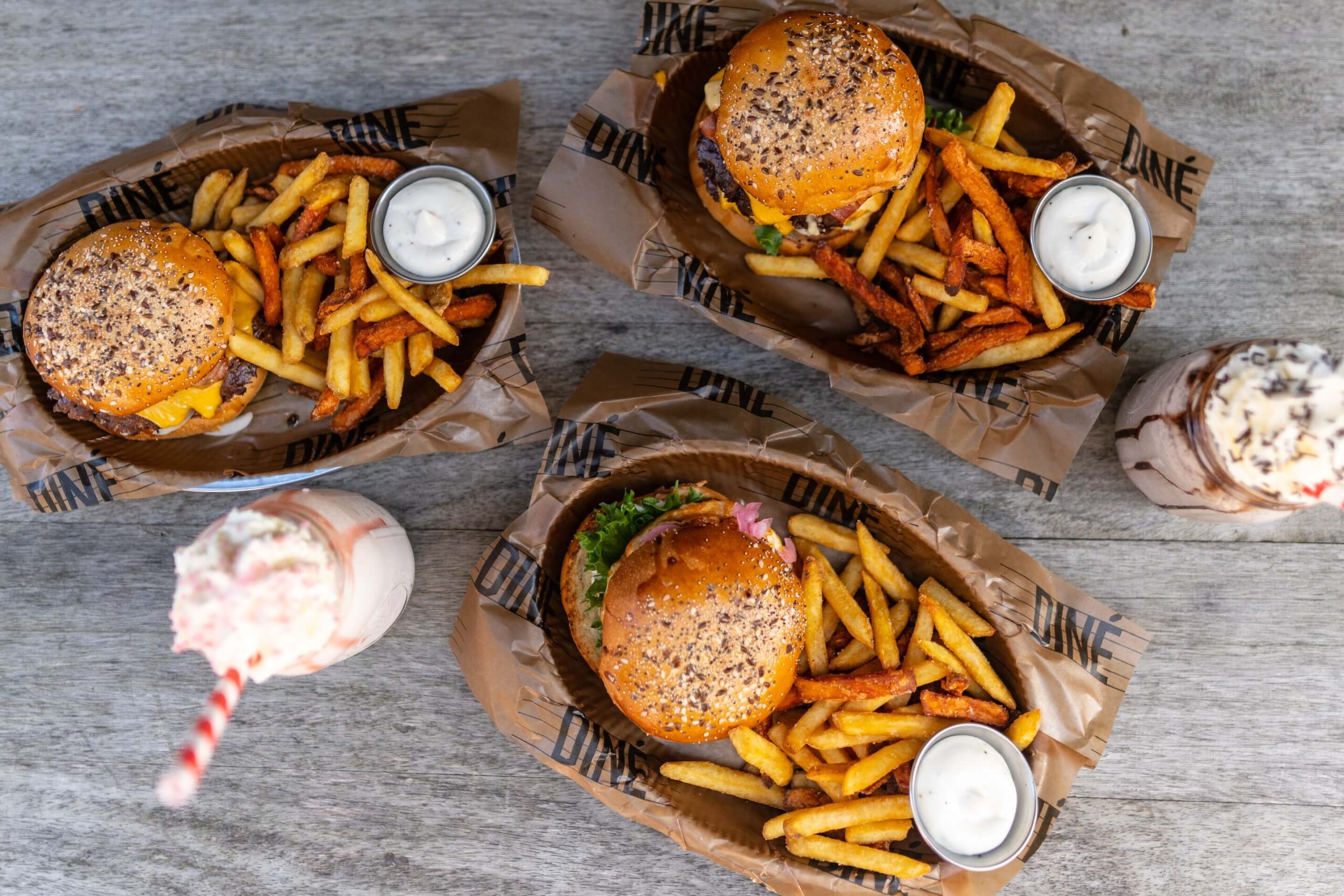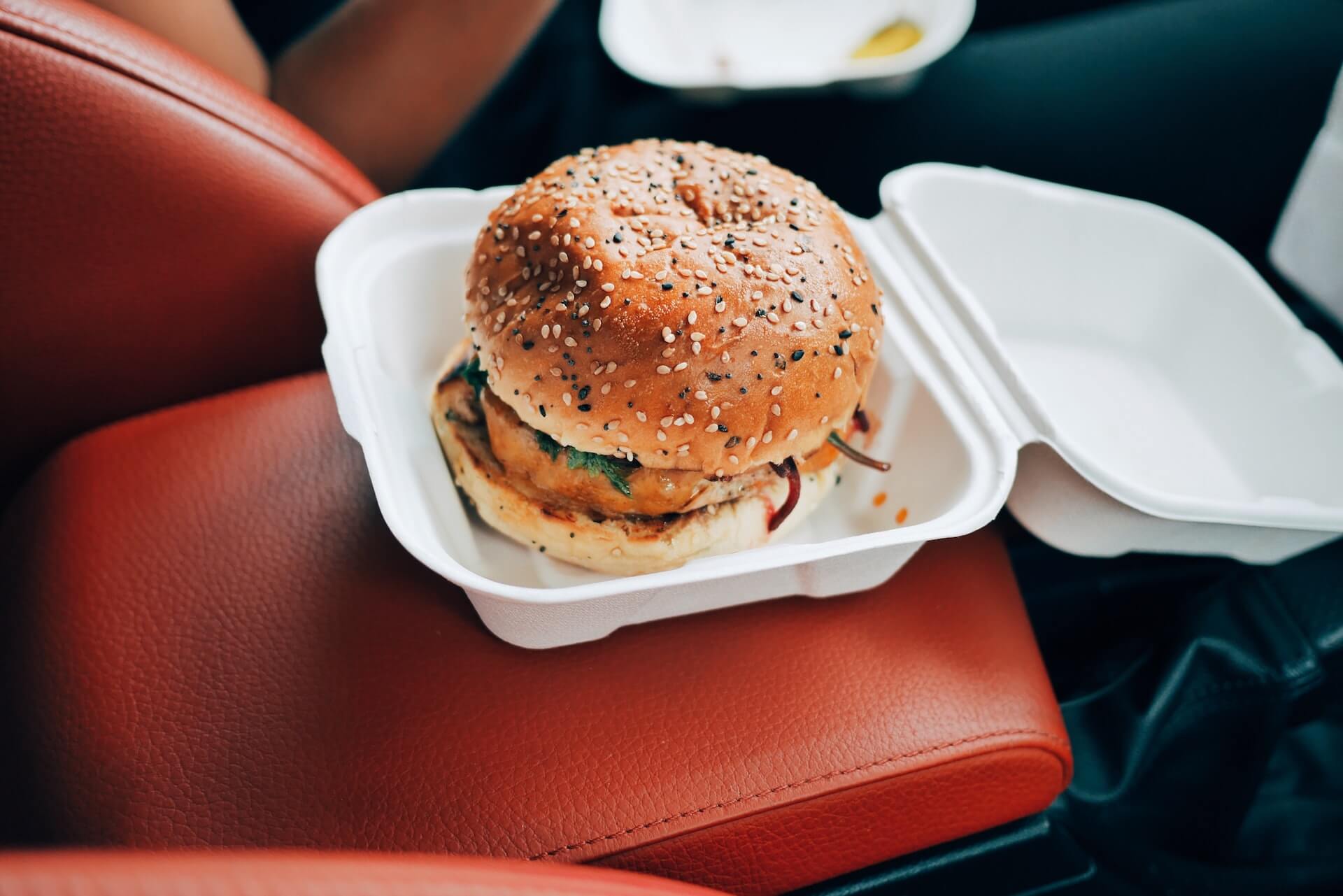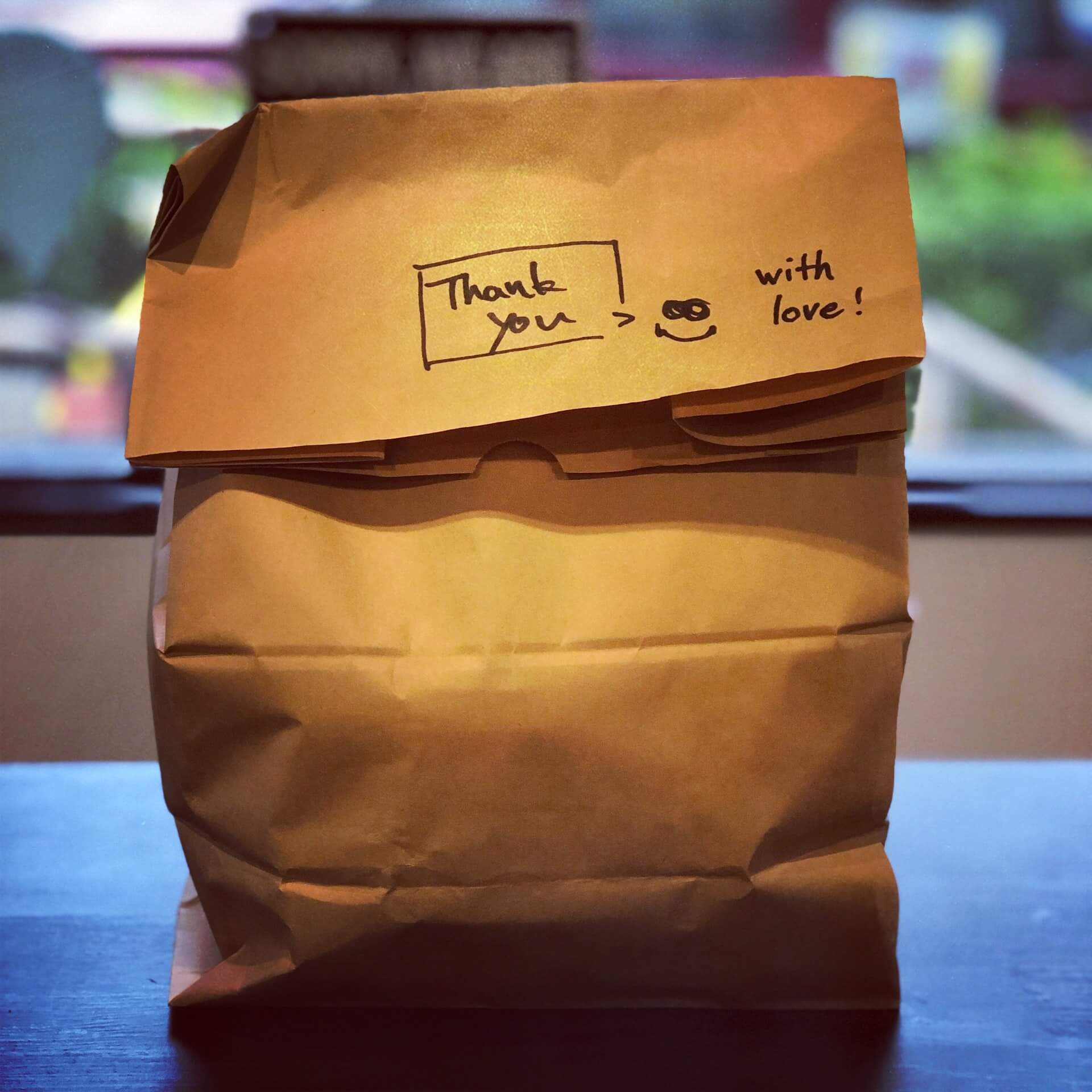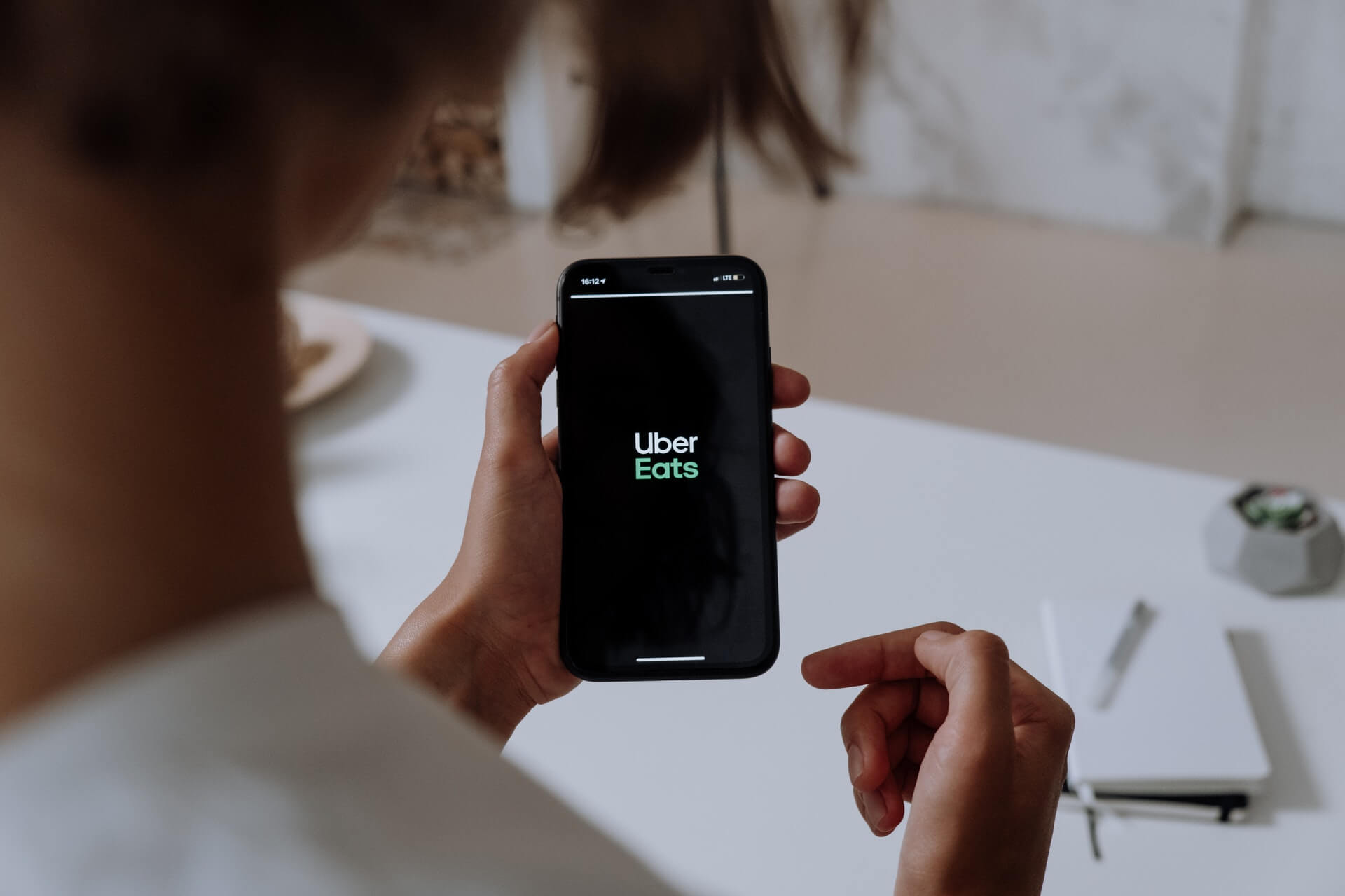2023 DoorDash Ordering Trends: Canada & US
by David Klemt
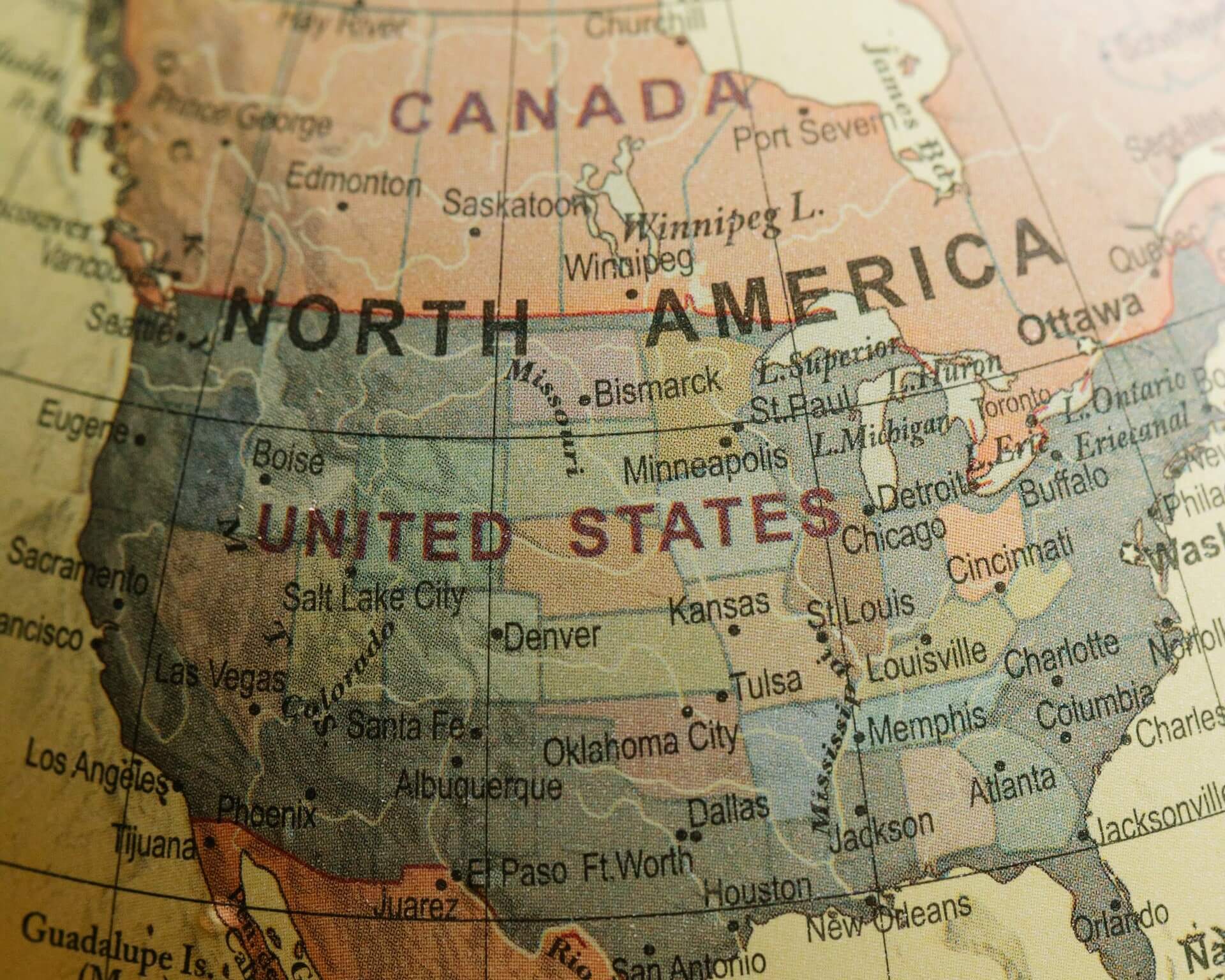
After checking out this year’s annual Cravings Report we’re turning our attention to the 2023 DoorDash restaurant ordering trends reports.
Luckily, there are two reports available from DoorDash: one that focuses on Canada, and one for the US.
These two countries are, of course, KRG Hospitality’s primary markets. So, the data in these DoorDash reports is relevant and compelling for our current and future clients.
Perhaps unsurprisingly, Canadian and American DoorDash users are somewhat similar by a few metrics. However, where there are differences they’re fairly glaring.
For example, 78 percent of Canadian DoorDash survey respondents picked up a takeout order from a restaurant in the month prior to being surveyed. That number is 76 percent for American survey respondents.
Regarding in-person restaurant dining, 62 percent of respondents had done so the month prior. Among American survey respondents that number is 61 percent.
But when it comes to placing an order for delivery we see a notable difference. For Canada, 58 percent of survey respondents had ordered delivery. That number jumps to 77 percent among Americans.
This tells me a few (fairly obvious) things. Generally speaking, it appears consumers in Canada and America—according to DoorDash—prefer delivery and takeout to in-person dining. Going further, it seems that overall, Canadians prefer pickup or takeout to delivery. However, Americans seem to place delivery and pickup orders at nearly identical rates.
If it’s true that consumers favor delivery or takeout to in-person dining currently, there could be a couple of simple reasons. First, convenience.
Second, fees. It’s possible that today’s consumer perceives delivery fees are lower than in-person dining fees, unfortunately. If that’s the case, third-party delivery services can exploit this perception.
More Similar than Different
In comparing both DoorDash reports, I find that Canadian and American consumers who use DoorDash are rather similar.
Survey respondents in both countries indicate that Friday is the most popular day of the week to order food. Further, 6:00 PM is the most common local time to place orders in both countries.
And when it comes to the fastest-growing dayparts for order placement? In both Canada and the US it’s late-night and breakfast. Although, I most note that both dayparts are growing faster in Canada.
Nearly half of American respondents and a little over half of Canadian respondents indicate they want to try new restaurants and dishes.
Definitely not surprisingly, consumers in both countries primarily focus on menu selection and pricing when seeking a new restaurant to try. In fact, these numbers are identical for Canadians and Americans, at 55 percent and 51 percent, respectively.
Top Canadian Food Orders
When we look at the top items ordered via DoorDash, we don’t find anything out of the ordinary.
- Burgers
- Fries
- Pizza
- Salad
- Sandwiches
Looks like standard fare and comfort foods to me. This tells me that operators who have these items on their menus need to ensure they’re of the highest quality to stand out from other restaurants and bars.
Top American Food Orders
Interestingly but not too surprisingly, the list below is quite similar to the list above.
- French fries
- Burgers
- Tacos
- Salad
- Pizza
With the exception of tacos and sandwiches, the list is nearly identical.
Hey, who wants to debate whether tacos and sandwiches are in the same food family?
I encourage you to review both reports in their entirety for yourself. For the Canadian Edition of DoorDash’s report, click here. And click here for the US edition.
Image: Lara Jameson on Pexels





